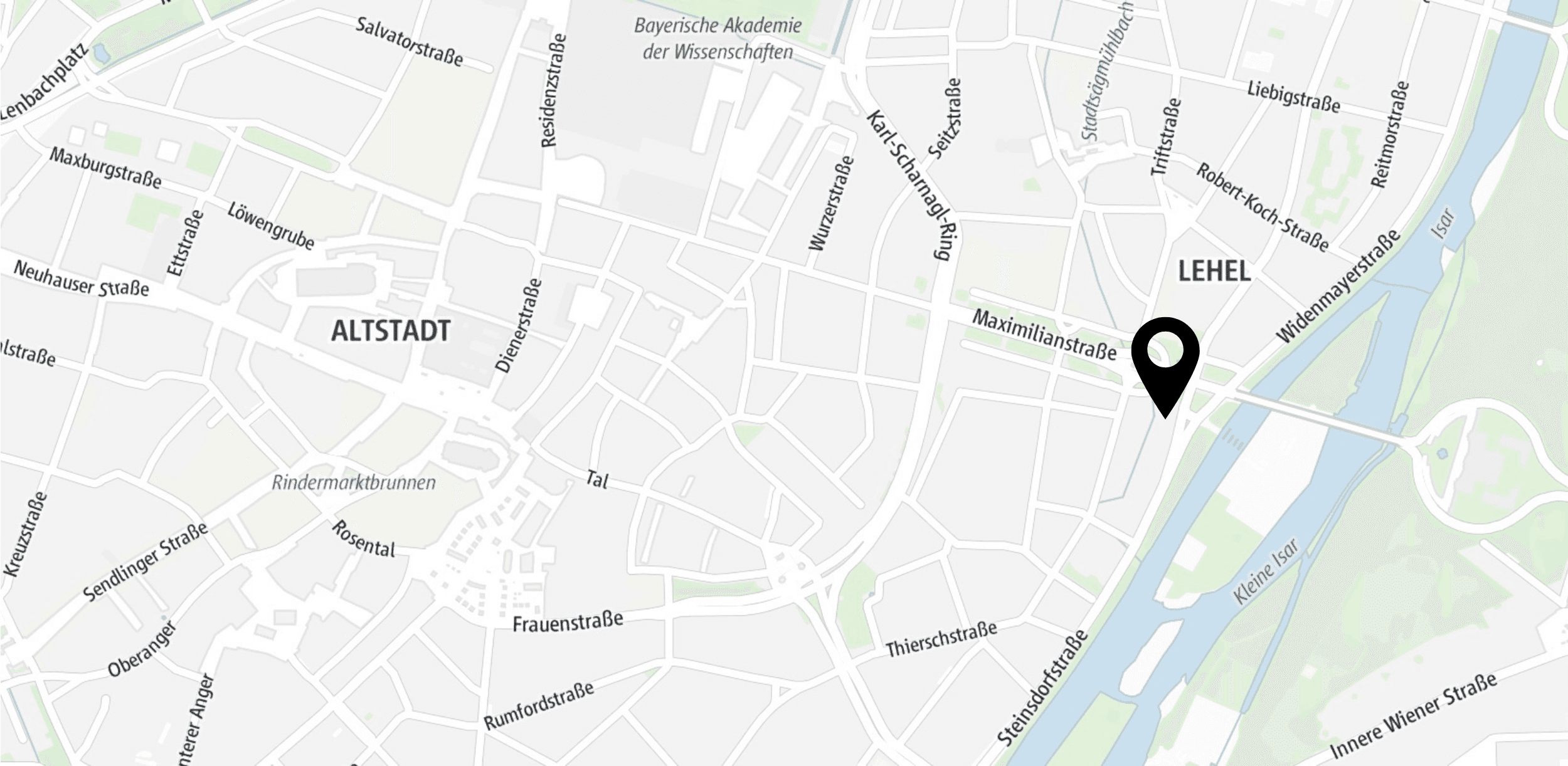One of the issues that we deal with often is creating multiple language versions of websites for our clients.
When we were questioned again “but why should we choose this solution over another?” we decided to show what big brands do (to be more convincing). We’ve reviewed websites of the brands from Forbes’ The 2020 World’s Most Valuable Brands list and prepared some nice interactive charts using Tableau.
If you are familiar with the topic, you can scroll down to the dashboard. If not, here’s what you need to know.
What are Subfolders and Subdomains?
When companies expand to new countries they have to solve numerous important issues. In terms of Digital Marketing one of the main issues here is making their website available in several languages. There are three main options:
- a new subdomain of the existing website,
- a new subdirectory (also known as “subfolder”) on the existing website,
- a new top-level domain in a specific country.
Actually, there is no straight-forward recipe. There are various factors that affect the final decision:
- Are you going to promote the whole company or only some of its products (services)?
- Are you providing a web-platform or a custom web solution?
- Are you entering a new market on your own or with a strong and established partner with its own team?
- Are you going to assign several teams and budgets for each language / country version of the website?
- Are you going to change the brand name to appeal more to the local culture?
- Are you going to focus on Ads or on SEO?
- etc.
A quick reminder:
a Top-level Domain looks like this: yoursite.com
a Subdomain looks like this: subdomain.yoursite.com
a Subdfolder looks like this: yoursite.com/subfolder
The Debate about Subfolder vs Subdomain
When we approach the question of subdirectory versus subdomain from an SEO-perspective, the debate is about leveraging overall website ‘authority’ for the newly created sections. It is generally acknowledged that subdomains are usually created as separate websites with their own Content Management Systems while subfolders can only be the structural part of the main website most likely within the same CMS. Thus, very often companies use subdomains to host different types of content that generally should not be associated with the main content of the website (forums, blogs, apps).
Although Google claims that it treats subdomains and subfolders equally (meaning that their contribution to the website’s ranking should be the same), SEO-specialists from MOZ and Semrush state that in reality
‘the content (and its valuable assets, such as backlinks) hosted on a subdomain isn’t being taken into account by Google’s algorithm when ranking the main domain’.
Thus, when it comes to SEO, a lot of professionals tend to choose the subfolder solution.
However, creating multi language versions of a website for an international company is not exactly the same case as with blogs, forums and apps. For this purpose companies often develop new websites in local top-level domains (yoursite.de, yoursite.es, yoursite.jp, etc.). Especially when, as mentioned above, a company finds a strong local partner which has it’s well-established business and a strong team.
That said, here’s what we’ve found out.
Subfolder vs Subdomain for a Multilingual Website: a Brief Overview.
A few notes before we get to the numbers.
We reviewed only the main websites that represent the brand name mentioned in the list. We did not review any other websites connected to that brand.Only 79 out of 100 brands appear in our dashboard, while the rest are present in the US market only and do not have multilingual websites.The dashboard is interactive – you can click on either of the charts to filter by solution or industry. You can also hover the mouse pointer over the bars in the bar chart to see which brands are counted for a specific category.
The first thing you can see from the pie chart is that Subdomain is almost always a “no go” for the biggest brands when it comes to multilingual websites. Only one company from the list utilized this solution.
Subfolder and domain solutions got equal numbers, but distribution across industries is different. For example, in the automotive industry ten out of eleven brands choose local domain over the subfolder solution. Why? This can be a good topic for further research. Apparently, there are both marketing and operational reasons for that.
At the same time, most technology companies are in favour of the subfolder solution for their multilingual websites. Here it would also be interesting to know the reasoning behind that. On one hand we have the biggest marketplace – Amazon, which chooses local domains, on the other hand we have Apple and Microsoft who have everything in one place.
Overall, having a website on a local domain is the top (or sometimes the only) solution in the following industries:
- Automotive
- Consumer goods
- Financial services
- Restaurants
And subfolder is the top solution for companies from:
- Technology
- Luxury
- Business services
- Transportation
In other industries it’s almost always a tie between subfolder and top-level domain.
So, what conclusions can we make from this short review? Definitely, subfolders are a preferable solution over subdomains when building a multilingual website. And local domain is also a widespread solution.
If you don’t know which solution to choose for your company, we are here to help you.
Thanks for reading!







